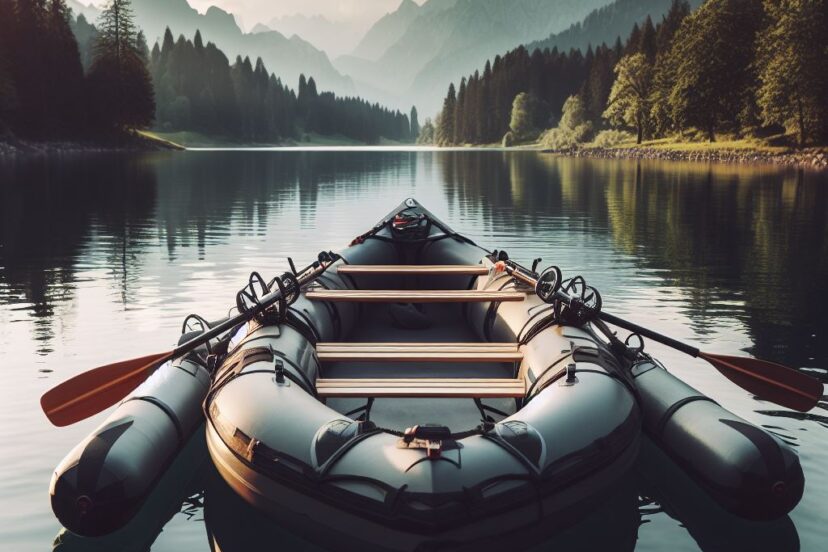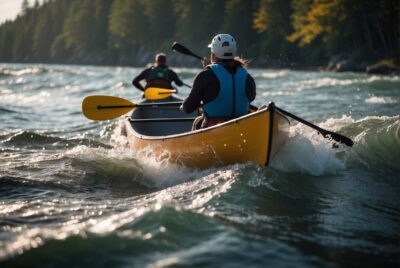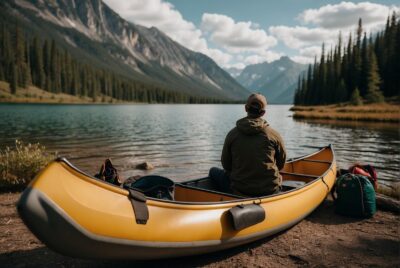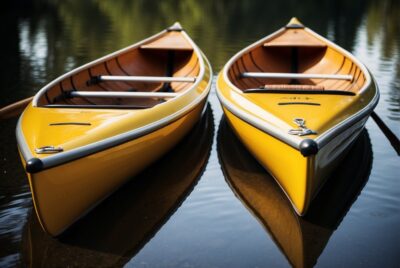Canoe Stabilizer: Navigating the Waters with Ease
*We may earn a commission for purchases made using our links. Please see our disclosure to learn more.
Introduction to a Canoe Stabilizer
Ever found yourself wobbling dangerously in a canoe, heart racing, and praying you don’t tip over? Well, you’re not alone. Canoeing is an exhilarating experience, but it can quickly become nerve-wracking if your boat is unstable. That’s where a canoe stabilizer come in. These ingenious devices enhance your boat’s stability, ensuring a smoother, safer ride. In this guide, we’ll dive deep into the world of canoe stabilizers, exploring their types, how to choose the right one, installation tips, and much more.
What is a Canoe Stabilizer?
A canoe stabilizer is a device attached to the canoe to enhance stability. It comes in various forms, including inflatable bags, pontoon-like structures, or foam blocks. By increasing the canoe’s width, stabilizers reduce the risk of capsizing, providing a more secure and enjoyable experience, especially for beginners or those paddling in choppy waters.
Why is Stabilization Crucial for Canoeing?
Stabilization is paramount in canoeing for safety and comfort. It prevents the canoe from tipping over, which is especially crucial when paddling in rough waters or when the canoe is loaded with gear. Moreover, a stable canoe allows for a more relaxed and enjoyable paddling experience, boosting confidence, especially for new paddlers.
Canoe Stabilizer: Different Types
Understanding the different types of canoe stabilizers is crucial for making an informed decision.
Inflatable Stabilizers
Inflatable stabilizers are air-filled bags attached to the sides of the canoe. They are lightweight, easy to install, and adjustable. You can inflate or deflate them according to your stability needs, making them quite versatile.
Pontoon Stabilizers
Pontoon stabilizers are rigid, buoyant structures attached to the canoe’s sides. They provide excellent stability and are ideal for fishing or photography, where utmost steadiness is required. However, they are heavier and more cumbersome than inflatable stabilizers.
Foam Block Stabilizers
Foam block stabilizers are made from dense foam and provide a middle ground between inflatable and pontoon stabilizers. They are lighter than pontoons but offer more stability than inflatable stabilizers.
How to Choose the Right Canoe Stabilizer for Your Needs
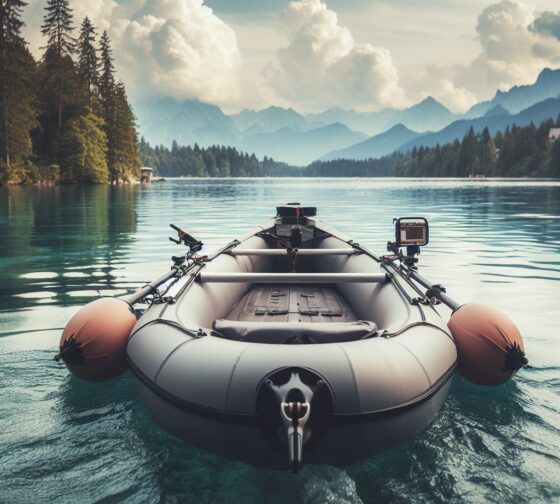
Assessing Your Canoe’s Stability Needs
Consider the design of your canoe and your paddling style. Wider canoes are generally more stable but may still benefit from stabilizers in choppy conditions.
Considering Your Canoeing Environment
Where you plan to paddle plays a crucial role in your decision. For calm waters, inflatable stabilizers might suffice, while rough waters might necessitate pontoons or foam blocks.
Balancing Cost and Quality
Investing in a quality stabilizer is crucial for long-term use, but it doesn’t mean breaking the bank. Strike a balance between cost and quality, and ensure the stabilizer fits your canoe properly.
Top 5 Brands for a Canoe Stabilizer
- Spring Creek Manufacturing: Known for its high-quality and durable canoe and kayak accessories, Spring Creek Manufacturing offers a range of stabilizers that are popular among paddling enthusiasts. Their products often feature innovative designs and robust construction.
- YakGear: YakGear is a leading brand in the paddling accessory market, providing a variety of products to enhance your canoeing experience. Their stabilizers and outriggers are well-regarded for their stability, durability, and ease of installation.
- Scotty: While primarily known for their fishing accessories, Scotty also offers stabilizer systems that can be adapted for canoe use. Their products are praised for their reliability and functional design.
- Brocraft: Offering a range of boating and paddling accessories, Brocraft has a selection of canoe stabilizers known for their stability and solid build. They provide good value for the price.
- Hobie: Renowned for their kayaks, Hobie also produces accessories that can be used to stabilize canoes. Their Sidekick Ama Kit is a popular choice among paddlers looking for additional stability.
Tips for Optimal Usage
Adjust the stabilizers according to the conditions. For calm waters, you might not need as much stability, while rough waters might require additional support. Remember, stabilizers are there to aid stability, not replace proper paddling techniques.
Maintenance and Care for Your Canoe Stabilizer
Regular maintenance ensures the longevity and optimal performance of your stabilizer.
- Cleaning and Storage: Clean the stabilizers after each use, especially if you’ve been paddling in saltwater. Store them in a cool, dry place away from direct sunlight.
- Regular Checks and Replacements: Inspect your stabilizers regularly for any signs of damage. Replace any worn-out parts promptly to ensure they remain in top condition.
Conclusion
Canoe stabilizers are invaluable for enhancing stability and safety on the water. By understanding the different types, how to choose the right one, and how to maintain them, you’re set for a smoother, more enjoyable paddling experience. Embrace the waves with confidence, and let your canoeing adventures begin!
FAQs
- Do I really need a canoe stabilizer? If you’re paddling in choppy waters, are a beginner, or just want extra stability, a canoe stabilizer is a worthwhile investment.
- Can I install a canoe stabilizer by myself? Yes, most canoe stabilizers come with instructions and are easy to install.
- How do I maintain my canoe stabilizer? Clean it after each use, store it in a cool, dry place, and regularly inspect it for any signs of wear and tear.
- Are inflatable stabilizers less durable than pontoon stabilizers? They can be durable, but they are generally more susceptible to punctures than pontoon stabilizers.
- Can a canoe stabilizer replace the need for proper paddling techniques? No, a stabilizer is meant to aid stability, not replace proper paddling techniques. Ensure you are well-versed in canoeing basics for a safe and enjoyable experience.

